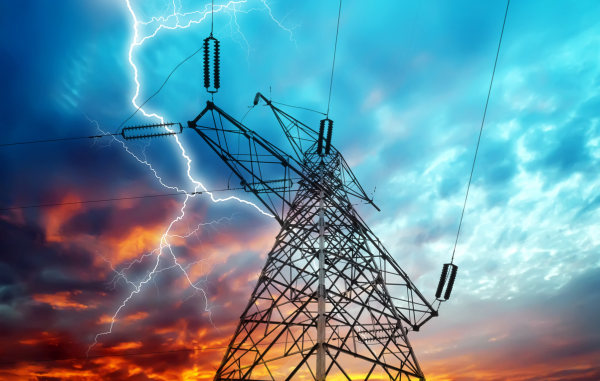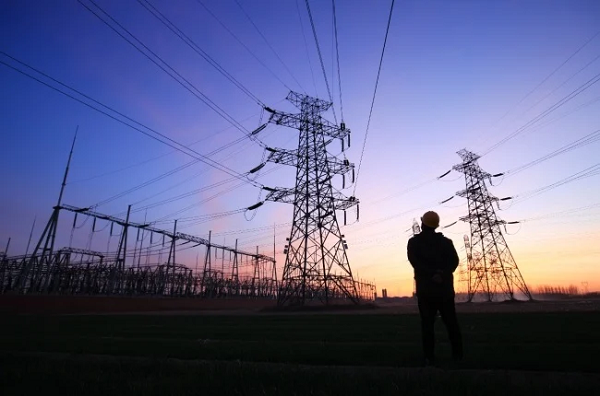

Founder: Turnaround Talk
For many years, the narrative around electricity in South Africa was doomy and gloomy, with little hope of a recovery on the horizon. However, provided that you live outside of the City of Johannesburg, the country’s electrical outlook has been a remarkable turnaround.
Is this an excellent example of a successful turnaround? What lessons can be applied to other businesses?
Full steam ahead
The News24 article points out that it’s full steam ahead for the National Transmission Company of South Africa (NTCSA), which is strongly progressing grid expansion and refurbishment projects, with some R32 billion worth of projects in execution even as the critical Integrated Resource Plan remains in flux.
The NTCSA, Eskom’s transmission business, which was only recently unbundled out of the utility, on Wednesday presented the latest Transmission Development Plan (TDP) 2024.
The article adds that the TDP is intended to assess network requirements and propose plans to meet these. As power generation technologies and demand and supply trends continue to rapidly evolve, it’s required that the TDP be updated every year. Eskom was, however, granted an exemption last year by the National Energy Regulator due to the pending finalisation of the Integrated Resource Plan (IRP) – an electricity infrastructure roadmap and a key input in the TDP.
The TDP 2024, which is now aligned with the draft IRP 2023, expects 56GW of new generation to come onto the system by 2034, with peak demand as high as 43GW. Overall, the TDP 2024 expects generation capacity in 2034 to be 0.4GW higher than which the TDP 2022 forecast.
TDP 2024 sees an upward revision in solar PV (+9GW), gas (+7GW) and coal generation (+3GW) by 2034 – the latter being due to Eskom’s revised coal plant shutdown plan. Wind and battery storage forecasts have been revised downward, by 12GW and 4GW respectively, as informed by indications in the IRP and grid constraints that are preventing some renewable energy projects from progressing.

Image By: Canva
Rooftop solar
The article points out that rooftop solar PV has proved a dark horse and is now estimated already to exceed 6GW and expected to rise to 15GW by 2034, outstripping utility-scale solar generation. Until now, the TDP had not put a number to this “behind the meter” generation.
Still, with no dramatic change in anticipated capacity requirements, the TDP 2024 sets out similar transmission line build and increase transformer capacity to what the previous plan outlined.
In the coming 10-year horizon, the plan requires 14 500km of new lines and 210 additional transformers.
The article adds that the new plan, however, highlights the need to ensure flexibility of the grid in light of greater renewable generation by way of installing seven synchronous condensers. These motors will help adjust conditions on the electric power transmission grid, boosting network strength and ensuring necessary support.
Moving supply
Presenting the new TDP, NTSCA officials explained how their main challenge, in essence, is to ensure that power generated in the south of the country can move to supply the demand in the north of country. While power generation is migrating to the renewables-rich south of the country, most demand is expected to remain in the north.
To accommodate this, the TDP envisages that two additional transmission corridors be established on either side of what currently is a single corridor that power from the southeast of the country to the northeast of the county. One new corridor will move electrons from the Eastern Cape to KwaZulu-Natal; another will be established to move them from the Northern Cape, through the North West and into Gauteng.
But with the final IRP 2023 yet to be published, the NTCSA has warned that the 10-year outlook is somewhat uncertain.
As such, it is intently focused on executing on its five-year aims spanning 2024 to 2029 to accommodate some 30GW in new generation capacity.
“In the coming five-year horizon, our focus is to bring on board just over 5 000km of lines and to install an additional 87 transformers,” said Leslie Naidoo, NTCSA’s senior manager of grid planning, who noted the budget for the five-year period is just over R112 billion – R85 billion of which is for expansion, while R18 billon has been earmarked for refurbishment projects. The remainder will be allocated to a range of other requirements.
Massive project pipeline
The article points out that, what the TDP 2024 now shows is a great deal of progress on the NTCSA’s part, with some R32 billion worth of projects currently being executed.
Out of 192 expansion projects planned over the next five years, there are already 59 projects in execution. In the refurbishment space, almost 500 of 1 000 planned projects are being executed. “That’s a positive sign that almost 40% of our capital that we are requiring in the coming five-year horizon is currently being built, [is] in execution,” said Naidoo.
Cognisant of the urgent need for new generation to connect to the grid, the NTCSA has identified two key priority programmes to bring on board 37GW of new capacity online in the quickest space of time. A review of substations identified opportunities where transformers can be added to provide additional capacity.
“It’s a quick hit that you can probably do in less than three years,” said Naidoo. “We’ve identified 25 transformer projects to give you 13GW by 2030. In a similar vein, we also looked at some of the not-so-complex [transmission] line projects that are towards the latter stages of the development and ready to go into execution – [and] 22 projects were identified to bring on board an additional 24GW of capacity.”

Image By: Canva
The article adds that the budget for the five-year capital expenditure plans has already been allocated to the NTCSA by Eskom.
For funding beyond 2029, the NTCSA continues to work on various options that will not overburden its balance sheet or draw funds from the fiscus. While the NTCSA, upon launching earlier this month, said it would look to collaborate with the private sector to find innovative solutions, the transmission company has decided it will own and operate the synchronous condensers – despite the hefty cost.
Regarding the funding of the TDP, NTCSA officials further noted that the electricity tariff would need to be restructured.
Key questions
South Africans are wondering how long this will last. How is it that there is so much hope after so many years of pain and suffering? How is it that Government can now make plans for electrical expansion after years of ineptitude?
The startling revelations made by Eskom CEO André de Ruyter shook the totem pole. While it made him the most hated man in South Africa, it forced the Government to realise that electricity would be a significant issue during a crucial election period. Government also put in place strong leadership that is seemingly fighting against all of the problems highlighted by De Ruyter.
Strong leadership is the cornerstone of a successful turnaround.
We live in interesting times.





Be the first to comment